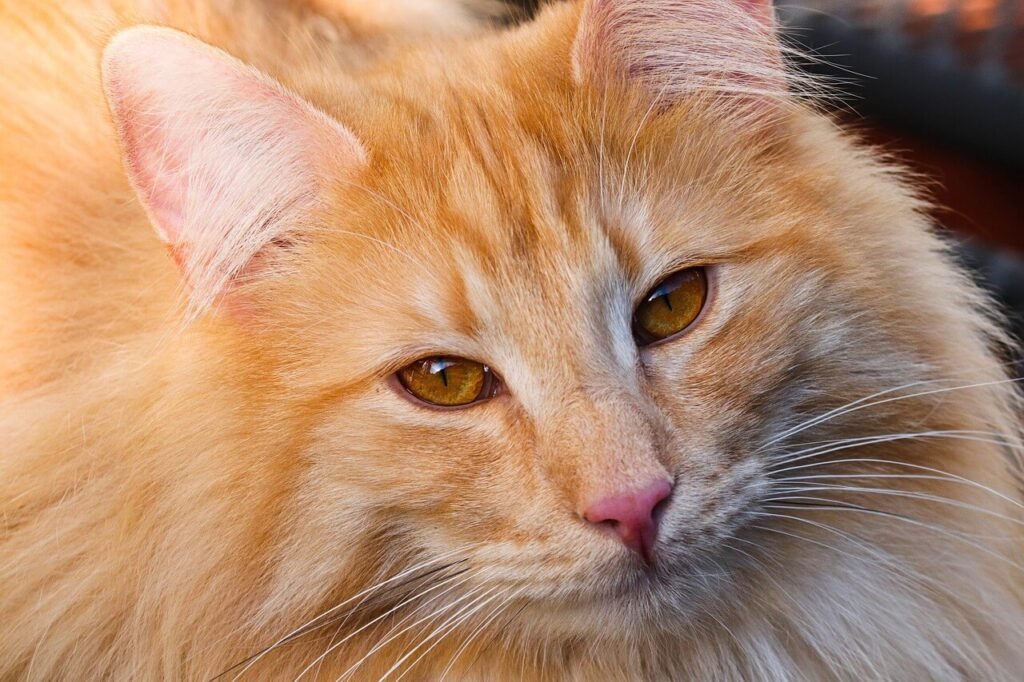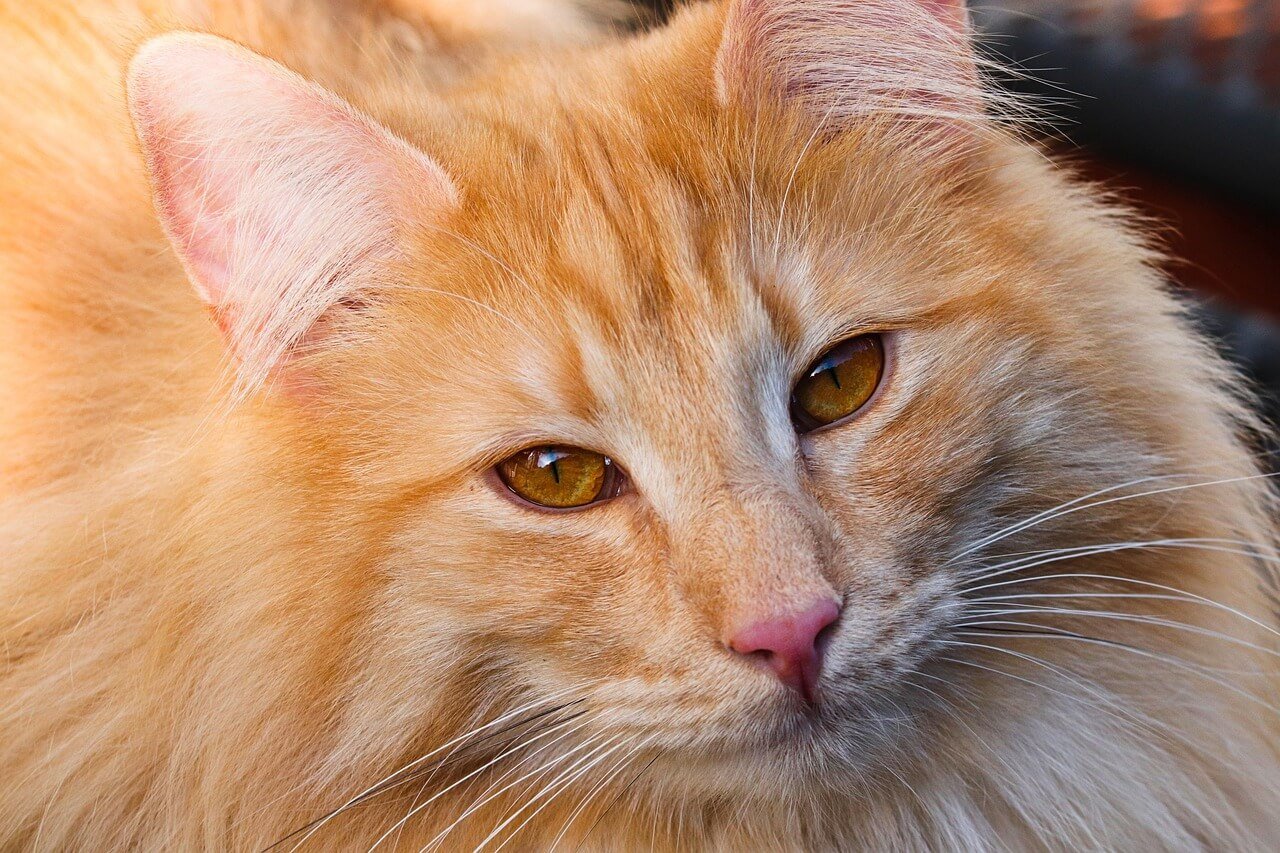Understanding the Fructosamine Test for Cats: A Key to Managing Feline Health
When it comes to monitoring your cat’s health, especially if they are diabetic or at risk of diabetes, the fructosamine test is an invaluable tool. This simple blood test provides insights into your cat’s average blood glucose levels over the past two to three weeks, offering a clearer picture than single-point blood sugar readings. For pet owners and veterinarians alike, understanding the fructosamine test for cats can help ensure better management of conditions like diabetes and improve your cat’s overall well-being.
In this blog post, we’ll explore what the fructosamine test is, why it’s important, how it works, and what it means for your feline friend. Let’s dive in and empower ourselves with knowledge to keep our cats healthy and happy.
What Is the Fructosamine Test for Cats?
The fructosamine test is a diagnostic tool used to assess your cat’s blood glucose control over a longer period. Unlike a single blood glucose measurement, which only reflects the moment of testing, fructosamine provides a broader view. Here’s what you need to know about this important test:
Measures Glycated Proteins
Fructosamine forms when glucose binds to proteins in the blood, and its levels reflect average blood sugar over the past two to three weeks.Useful for Diabetic Cats
It helps veterinarians evaluate how well a diabetic cat’s glucose levels are being managed with insulin therapy.Less Affected by Stress
Unlike blood glucose tests, fructosamine results aren’t skewed by temporary stress during the vet visit.Detects Long-Term Trends
This test identifies patterns in blood glucose levels, helping to fine-tune treatment plans.Non-Invasive and Quick
A small blood sample is all that’s needed, making it a straightforward and minimally invasive procedure.
The fructosamine test is an essential part of managing chronic conditions like diabetes, allowing for more accurate and reliable monitoring of your cat’s health.
Why the Fructosamine Test Is Important for Cats
The fructosamine test plays a critical role in diagnosing and managing various health conditions in cats. Here’s why this test is so valuable:
Helps Diagnose Diabetes
Elevated fructosamine levels can indicate persistently high blood glucose, aiding in the diagnosis of diabetes.Monitors Treatment Effectiveness
For diabetic cats on insulin, the test shows whether their current regimen is effectively controlling their blood sugar.Identifies Fluctuations
It highlights inconsistencies in blood glucose levels that might not be apparent with spot checks.Guides Adjustments to Therapy
Veterinarians use fructosamine results to tweak insulin doses or dietary recommendations as needed.Prevents Complications
By maintaining stable glucose levels, the test helps reduce the risk of diabetes-related complications like neuropathy or organ damage.
The fructosamine test is a cornerstone of proactive health management, ensuring your cat receives the best possible care tailored to their needs.
Check this guide 👉The Ultimate Cat IQ Test: Best 7 Expert Tips!
Check this guide 👉Understanding Cat Pregnancy Tests: Best 7 Expert Tips!
Check this guide 👉Understanding Your Cats Blood Test Results: Best 7 Tips!

Benefits of the Fructosamine Test for Cats | What It Measures |
|---|---|
Provides long-term glucose trends | Average blood glucose over 2–3 weeks |
Less affected by short-term stress | Glycated proteins in the bloodstream |
Helps diagnose diabetes | Persistent hyperglycemia |
Monitors insulin therapy effectiveness | Stability of glucose control |
Prevents complications | Risk of organ damage or neuropathy |
How the Fructosamine Test Is Performed
Understanding how the fructosamine test is conducted can help alleviate any concerns you may have about the process. Here’s a step-by-step overview of what happens during the test:
Blood Sample Collection
A small amount of blood is drawn from your cat, typically from a vein in the leg or neck.Minimal Preparation Needed
Unlike some tests, fasting isn’t required, making it convenient for both you and your cat.Quick and Painless Procedure
The blood draw is quick, and most cats tolerate it well with minimal discomfort.Lab Analysis
The sample is sent to a lab where fructosamine levels are measured and reported back to your veterinarian.Results Interpretation
Your vet will analyze the results alongside other clinical data to provide a comprehensive health assessment.
The simplicity and efficiency of the fructosamine test make it a practical choice for ongoing health monitoring, ensuring your cat receives timely and accurate care.
Factors That Can Affect Fructosamine Levels in Cats
While the fructosamine test is highly reliable, certain factors can influence the results. Being aware of these variables ensures accurate interpretation of the data. Here’s what to consider:
Insulin Therapy Changes
Recent adjustments to insulin dosage can temporarily alter fructosamine levels until the body stabilizes.Protein Levels in Blood
Conditions affecting protein metabolism, such as liver disease, can impact fructosamine readings.Hypothyroidism or Hyperthyroidism
Thyroid disorders may indirectly affect glucose regulation and fructosamine values.Dietary Changes
Switching to a new diet or inconsistent feeding habits can influence blood glucose trends.Medications
Certain medications, like corticosteroids, can raise blood glucose levels and skew fructosamine results.
By discussing these factors with your veterinarian, you can ensure the test results are interpreted correctly and avoid unnecessary concerns.
Signs Your Cat May Need a Fructosamine Test
If you’re unsure whether your cat needs a fructosamine test, certain signs and symptoms can indicate the need for further evaluation. Here are some key indicators:
Increased Thirst and Urination
Excessive drinking and frequent trips to the litter box can signal high blood glucose levels, warranting a fructosamine test.Weight Loss Despite Normal Appetite
Unexplained weight loss, even when your cat is eating well, may suggest underlying metabolic issues like diabetes.Lethargy or Weakness
A noticeable decline in energy levels could be linked to poorly managed blood sugar or other health concerns.Changes in Coat Condition
Dull, dry, or unkempt fur may reflect systemic health problems that could benefit from diagnostic testing.Recurrent Infections
Frequent urinary tract infections or slow-healing wounds might indicate chronic hyperglycemia.
If you notice any of these signs, consult your veterinarian about whether a fructosamine test is appropriate. Early detection and intervention can make a significant difference in your cat’s health.
Tips for Preparing Your Cat for a Fructosamine Test
While the fructosamine test is straightforward, there are steps you can take to ensure the process goes smoothly for both you and your cat. Here are some helpful tips:
Maintain Their Regular Routine
Avoid making sudden changes to your cat’s diet or insulin regimen before the test to ensure accurate results.Keep Them Calm During the Vet Visit
Bring familiar items like a favorite blanket or toy to reduce stress during the appointment.Follow Veterinary Instructions
Your vet may provide specific guidance, such as withholding food temporarily if other tests are being conducted alongside the fructosamine test.Monitor Symptoms Beforehand
Note any unusual behaviors or symptoms to share with your vet, as this can provide valuable context for interpreting the results.Plan for a Quick Recovery
After the blood draw, offer your cat their favorite treat or activity to help them relax and feel rewarded.
By preparing your cat and yourself, you can minimize stress and ensure the test provides the most accurate insights into your cat’s health.
Fun Facts About Feline Health Monitoring
Monitoring your cat’s health is essential for catching potential issues early, and tools like the fructosamine test play a vital role in this process. Here are some interesting facts about feline health monitoring:
Cats Hide Illness Well
As natural predators, cats instinctively mask signs of illness, making regular health checks and diagnostic tests crucial.Fructosamine Is Unique to Long-Term Trends
Unlike single-point tests, fructosamine offers a “big picture” view of your cat’s glucose control over weeks rather than moments.Early Detection Saves Lives
Many feline health conditions, like diabetes, are manageable if caught early through proactive monitoring.Routine Blood Tests Are Non-Invasive
Modern veterinary diagnostics, including fructosamine tests, are designed to be quick and minimally stressful for pets.Preventive Care Extends Lifespan
Regular health screenings and timely interventions can significantly improve your cat’s quality of life and longevity.
These fun facts highlight the importance of staying vigilant about your cat’s health. With tools like the fructosamine test, you can stay ahead of potential issues and give your feline friend the best chance at a long, happy life.
Frequently Asked Questions About the Fructosamine Test for Cats
How often should my cat have a fructosamine test?
The frequency depends on your cat’s condition, but typically every 3–6 months for diabetic cats.
Does the fructosamine test hurt my cat?
No, it involves a small blood draw that is quick and minimally uncomfortable.
Can stress affect fructosamine levels?
Unlike blood glucose tests, fructosamine is less influenced by short-term stress.
What do high fructosamine levels mean?
Elevated levels may indicate poorly controlled diabetes or persistently high blood glucose.
Is fasting required before the test?
No, fasting is not necessary, as fructosamine reflects long-term glucose trends.
Empowering Your Cat’s Health Journey with the Fructosamine Test
The fructosamine test for cats is a powerful tool that provides valuable insights into your pet’s health, particularly for those with diabetes or at risk of developing it. By understanding how this test works, why it’s important, and what factors can influence its results, you’re better equipped to support your cat’s well-being. Regular monitoring and collaboration with your veterinarian can help tailor treatments to your cat’s unique needs, ensuring they live a long, healthy, and happy life. Remember, proactive care is key to managing chronic conditions and preventing complications. With tools like the fructosamine test, you can stay one step ahead in your cat’s health journey and give them the love and care they deserve.
Canned Pumpkin for Cat Diarrhea: Best 7 Expert Tips! Natural remedy to firm stools, soothe upset bellies, and support gut health safely.
Can a Cat Give You Scabies? Best 7 Expert Tips! Discover the truth about feline mites, human skin risks, and how to protect yourself—without panic.
Cat Flea vs Human Flea: Best 7 Expert Tips! Discover the truth about bites, species, and how to eliminate infestations for good.
Weird Cat Behaviors: Best 7 Expert Tips! Discover why cats do strange things—and how to understand, not punish, their instincts for a happier home.





